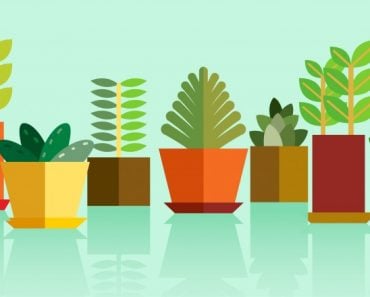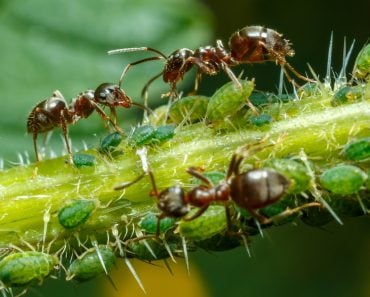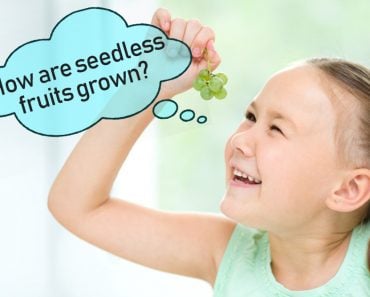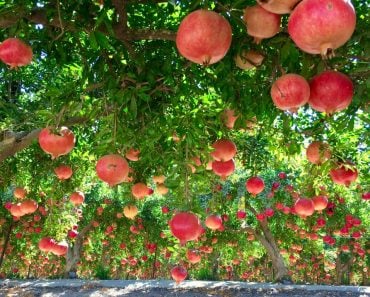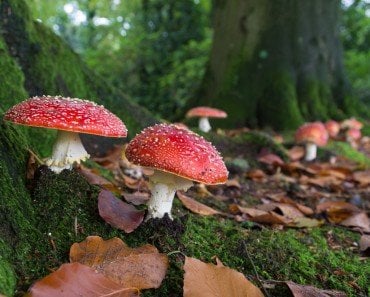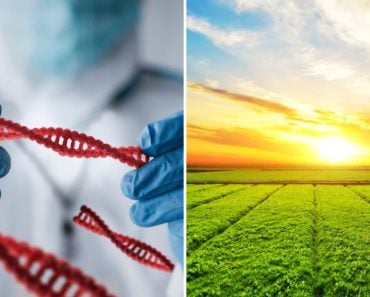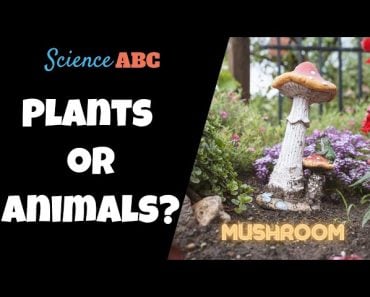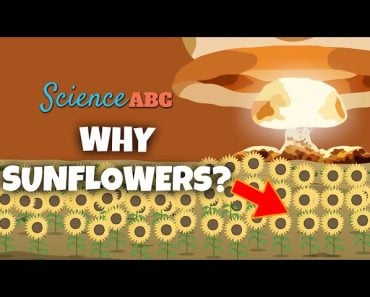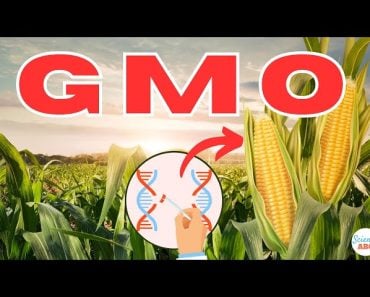Table of Contents (click to expand)
Kale and cabbage are the same plant. A wild mustard plant (Brassica oleracea) was the original source of the diverse forms of Brassica that we are familiar with today.
What do broccoli, cabbage, cauliflower, brussels sprouts, collard greens, kohlrabi, and kale all have in common? The answer is… their species! All these vegetables belong to the same species, Brassica oleracea, which evolved into different vegetables as a result of thousands of years of artificial selection and breeding by farmers and plant breeders.
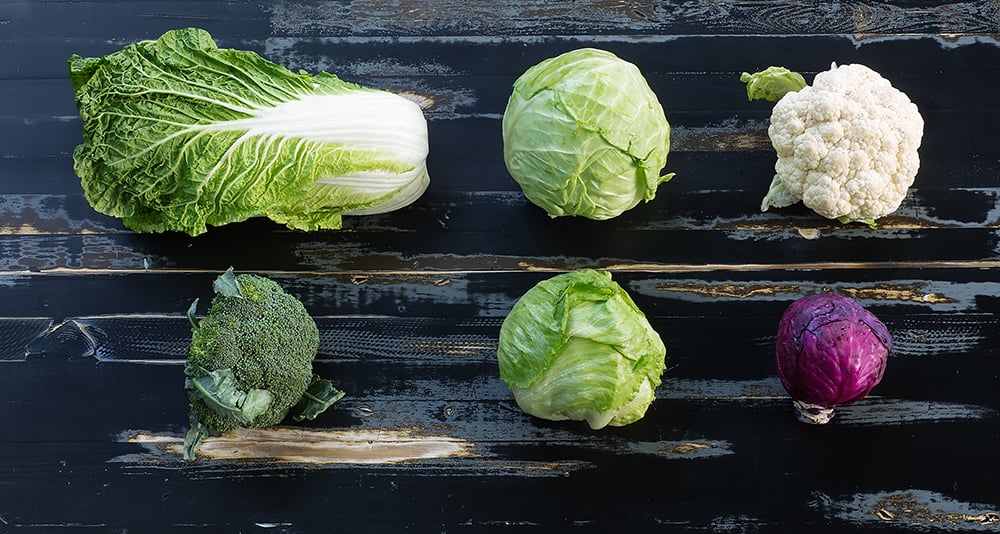
Brassicas originated in Central Asia and the Mediterranean region and are members of the Brassicaceae family, which also includes mustard. Ancient civilizations experimented with breeding and domesticating the different edible parts of this hardy plant. They took advantage of the phenomenon of phenotypic plasticity, which basically means that plants with the same genetics can develop into very diverse forms. As a result, diverse forms of Brassica vegetables were bred independently and in parallel to develop into modern forms of cabbage (including savoy and red cabbage), cauliflower, broccoli, Chinese broccoli, kale, collards, brussels sprouts, and kohlrabi.
Recommended Video for you:
The Many Forms Of Wild Mustard
The different types of Brassica arise from selecting for either the vegetative parts, such as the leaves, buds or stems, or the reproductive parts, such as the flowers. Since they are all the same species, they can potentially interbreed.
Modified Vegetative Organs
- Plants with enlarged leaf buds developed into cabbage (B. oleracea var. capitata). The leaves in cabbage have very short petioles and cup inwards to form a head.
- Plants with many enlarged buds in the axils of leaves formed brussels sprouts (B. oleracea var. gemmifera)
- Plants with enlarged stems just above the soil developed into kohlrabi (B. oleracea var. gongylodes)
- Wild mustard plants that produced more leaves and large leaves evolved into kale and collard greens (B. oleracea var. acephala), as well as Chinese kale (Chinese kale (var. alboglabra). Collard greens have smooth leaves that form a rosette at the tip of the stem, while kale has crinkly leaves that are formed all along the stem.
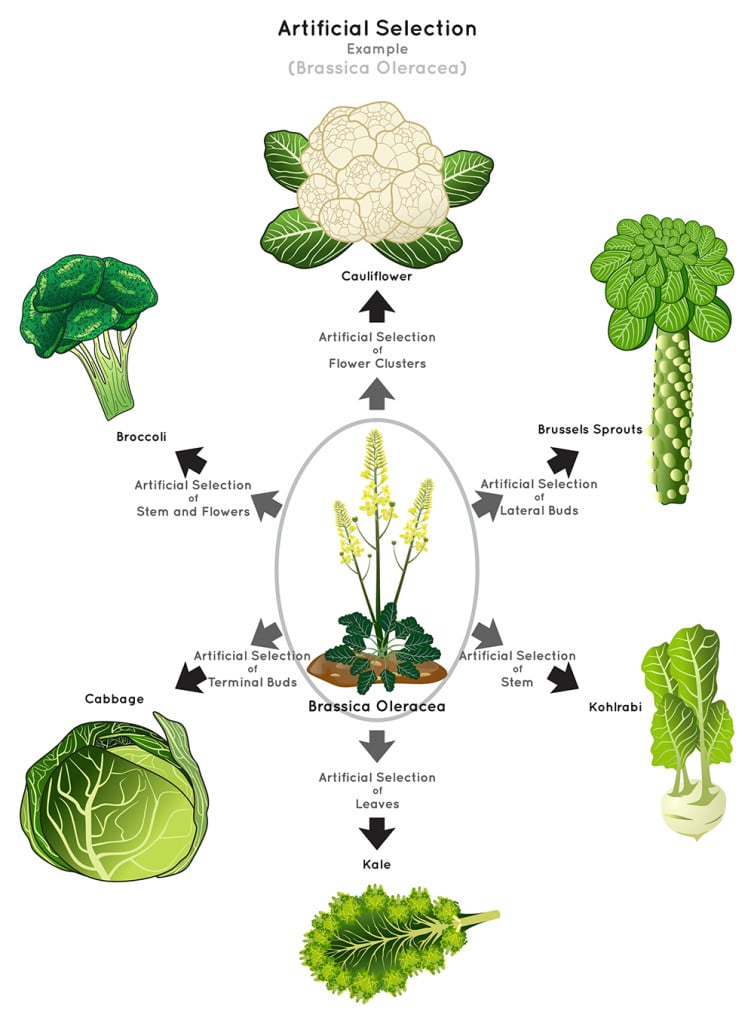
Modified Reproductive Organs
Variations in flower clusters (inflorescences) led to the development of broccoli (B. oleracea var. italica) and cauliflower (B. oleracea var. botrytis). Both have large heads composed of functional flower buds. Romanesco cauliflower also belongs to this group. It is a type of cauliflower (B. oleracea var. botrytis) with unique symmetrical geometric (fractal) patterns on the head.
Interestingly, Brassica oleracea is also a parent plant of rapeseed or canola (B. napus) and Ethiopian mustard (B. carinata)
Also Read: What Exactly Is A Flower Bulb, And How Does It Differ From A Flower Seed?
Natural Selection Vs Artificial Selection
All these forms of Brassica oleracea were the result of artificial selection by early farmers and plant breeders.
In natural selection, organisms develop random variants in response to their environment. For example, if there is water scarcity, a variant may develop that is better adapted to growing in less water. This makes it better suited to thrive in the environment, while the other non-variants may die off. Now, this drought-tolerant variant starts reproducing, and over several generations, a new variety of the species is established. This process, however, is very slow and can take tens of thousands of years.
Artificial selection works in a very similar way, except that it is facilitated by humans and can happen more rapidly. To do this, you need an observant and innovative farmer or plant breeder. While walking their field, they may notice a rare or unique variant of a plant. This could be something like a different texture of leaves, super-large buds, or different-tasting fruits. The farmer or breeder can then harvest the seeds of this plant and grow them out to again select for that unique traits. They will repeat this for a few generations until the trait is consistent and well-characterized. Thus, a new variety is born!
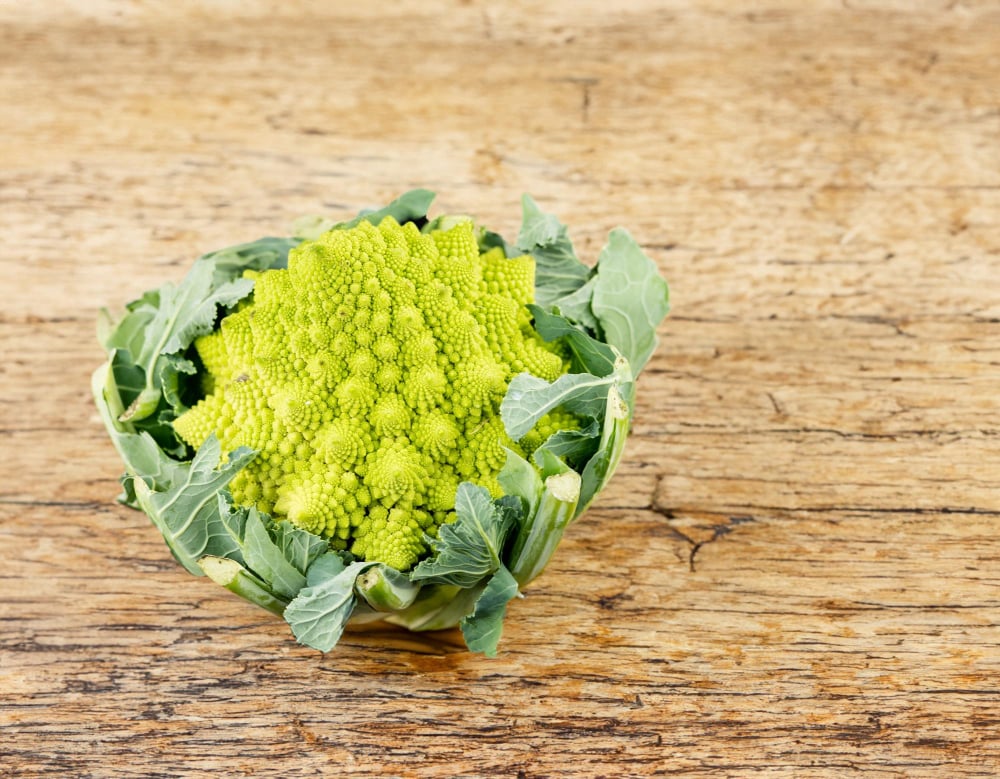
The difference between natural selection and artificial selection is that the new variety that arises from natural selection is better suited for survival in the environment. On the other hand, the variety obtained through artificial selection now has a trait, such as a unique fruit, higher yield or better taste, which the farmer finds economically viable.
Natural selection also takes a much longer time. Artificial selection only takes about 10-20 years (longer for perennial trees, shorter for annual plants) because the desired selection is done systematically and aggressively.
Also Read: What Is The Difference Between Green Cabbage And Iceberg Lettuce?
Newer Brassica Oleracea Varieties
Farmers, breeders and scientists are still identifying and developing newer varieties of Brassica oleracea. Since all of the above varieties belong to the same species, they can be intercrossed to develop new varieties.
One such example is the broccolini, a hybrid of broccoli and Chinese broccoli (gai lan), in which the tender flower buds on long thin stalks are consumed, instead of the large flower head.
Caulini is a newer variety of cauliflower with tender stalks and is popularly consumed when the flower buds are tender, much like broccolini.
Conclusion
Brassica oleracea is one species that comes in diverse forms, each with its own unique morphology, flavor, and culinary use. The species has developed and diversified over thousands of years through artificial selection by the earliest farmers, but their work of developing new varieties from Brassica oleracea continues to this day!
References (click to expand)
- Wang, Y., Ji, J., Fang, Z., Yang, L., Zhuang, M., Zhang, Y., & Lv, H. (2022, August 24). BoGDB: An integrative genomic database for Brassica oleracea L. Frontiers in Plant Science. Frontiers Media SA.
- Saban, J. M., Romero, A. J., Ezard, T. H. G., & Chapman, M. A. (2023, February 22). Extensive crop–wild hybridization during Brassica evolution and selection during the domestication and diversification of Brassica crops. (A. Sweigart, Ed.), Genetics. Oxford University Press (OUP).
- Treccarichi, S., Ben Ammar, H., Amari, M., Cali, R., Tribulato, A., & Branca, F. (2023, January 15). Molecular Markers for Detecting Inflorescence Size of Brassica oleracea L. Crops and B. oleracea Complex Species (n = 9) Useful for Breeding of Broccoli (B. oleracea var. italica) and Cauliflower (B. oleracea var. botrytis). Plants. MDPI AG.
- Brassicas » New York Botanical Garden.
- Brassica oleracea (Broccoli, Brussels Sprouts, Kohlrabi, Sea ....
- Delahaut, K. A., Newenhouse, A. C. (1997). Growing Broccoli, Cauliflower, Cabbage, and Other Cole Crops in Wisconsin: A Guide for Fresh-market Growers. United States: University of Wisconsin--Extension, Cooperative Extension.

